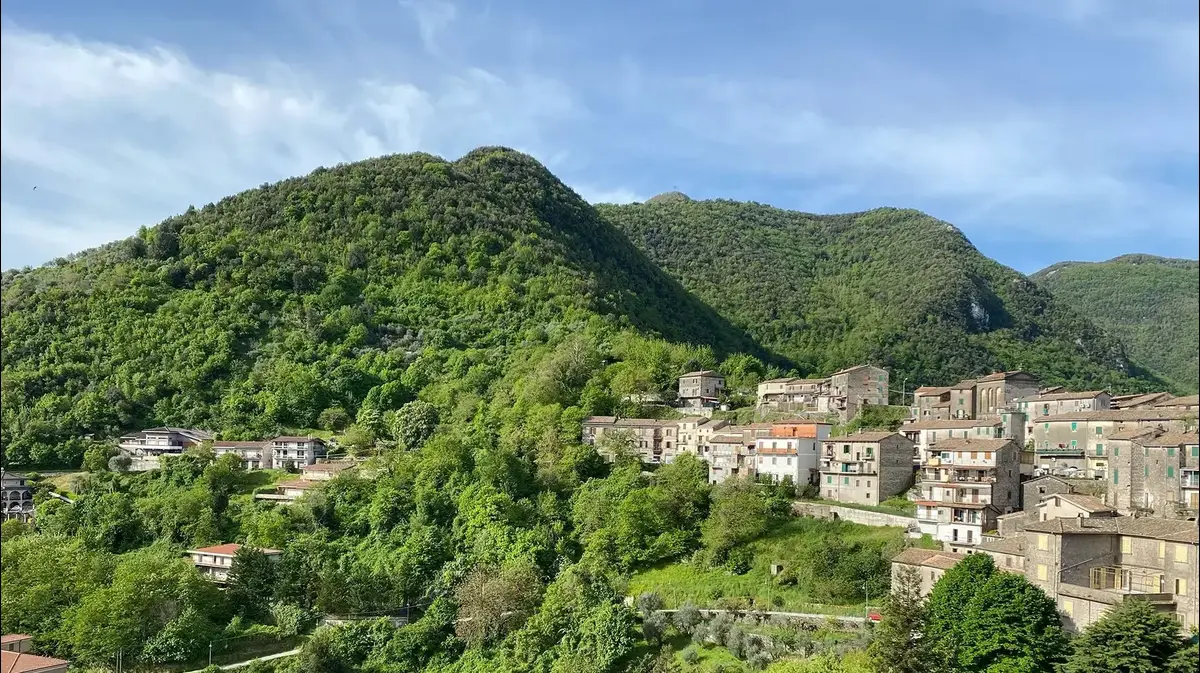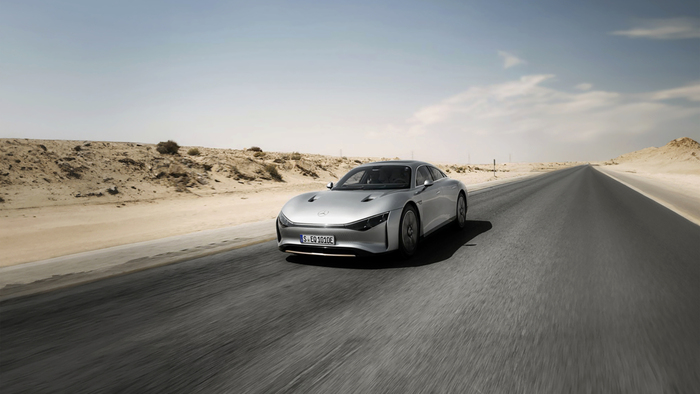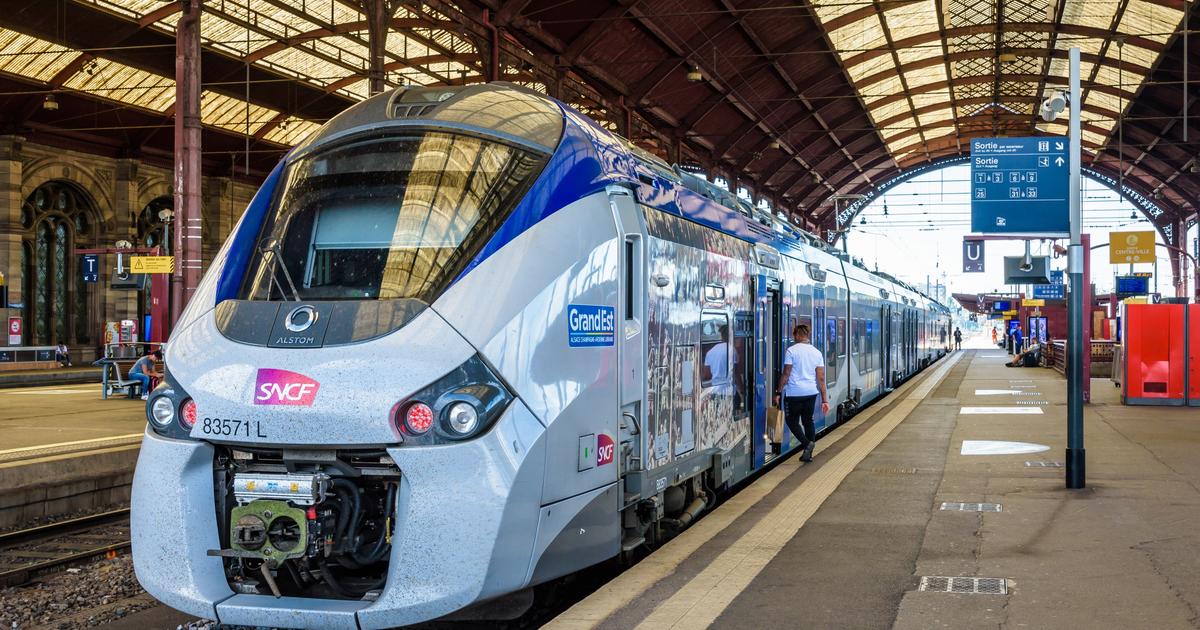First passive house built by Wolfgang Feist in 1991 in Darmstadt, Germany.peter cook
The pandemic has shown how deficient many of the homes that have been built in Spain for decades are.
Millions of souls have spent months of confinement in power sinks, floors with ventilation and filtration problems, and poor indoor air quality.
However, there is another way to make houses.
Three decades have passed since Wolfgang Feist, a German physicist and astronomer, built the world's first passive house in 1991, his own, in the city of Darmstadt, Germany.
Today he is one of the world's most recognized experts in efficient construction.
Feist found that more than a third of the energy consumption came from heating.
And he got down to work: he studied the heat distribution, the windows, roofs and ventilation systems ... His house managed to consume 87% less energy than a conventional one.
Passive houses have a high degree of insulation of the envelope without thermal bridges and a good seal of the outside air that manages to guarantee the minimum energy demand.
“It is surprising that what virologists are now recommending is almost exactly what we have been saying for 30 years.
We always had the health and well-being of the occupants in mind in the early stages of development, ”Feist replies by email from his home in Darmstadt, where he resides with his family.
For the founder of the Passive House Institute and the international (and voluntary) standard with which properties that fulfill his predicate are certified, there are parallels between the covid-19 and the climate crisis that looms over the world.
One is that energy efficiency in buildings is non-negotiable.
This is what the European Union has been working on since 2012, when it developed a directive that requires all new residential constructions to have almost zero energy consumption since January 2021. Also in Spain.
This is helping to arouse greater interest in this type of passive housing and in certificates like Feist's, although it must be remembered that it is not the only one that exists and that architects and developers can turn to.
Focusing on the seal of the German physicist, there are more than 29,000 certified properties in the world, representing an area of almost 2.7 million square meters.
This includes homes, schools, nurseries and offices.
The first passive hospital is being built in Frankfurt.
In Spain, the first
passivhaus
(from the German passive house) was built in Moraleda de Zafayona (Granada) in October 2010. Since then, “there are a growing number of projects and many committed architects and engineers in Spain who are doing a very good work, ”says Feist.
"In the last two years the same surface area has been certified as in the previous eight and it will double in the following two years", says Bruno Gutiérrez Cuevas, president of the Passivhaus Building Platform, the second association by number of partners (more than 800) in the world, only behind the German.
With the pandemic, "many people have discovered that there are ways of building that save energy and ensure greater interior comfort, and for this reason we receive more inquiries than in the past," adds Gutiérrez.
Although it warns of an increase in fraud by companies that offer
passivhaus
without meeting the requirements.
In Spain there are more than 158,000 certified square meters spread over 150 projects.
The forecast for the next two years is to reach more than 387,000 meters and 307 buildings.
Among them all stands out a house in the municipality of Sant Andreu de la Barca (Barcelona).
They say that it is the most sustainable in Europe as it has the Passive House Premium certification (from the Passive House Institute) and the 5 Green Leaves seal (from the Green Building Council Spain).
Currently there are only 19 homes in the world certified with the first and a prototype of the second.
“Within its four walls the noise of cars is imperceptible, there are no drafts and the temperature does not vary from one room to another.
It is a house with a constant internal temperature of between 22 and 24 degrees in which silence always reigns and in which the noise of rain or storm is not even heard ”, explains Stefano Carlo Ascione, architect and specialist in passive construction of the company Arquima.
The house, made with an industrialized system, generates four times more energy than it needs to function thanks to photovoltaic panels.
"It has an energy saving of more than 90% compared to homes built according to the Technical Building Code (CTE) of 2006 and 50% with the update of the CTE on January 1", according to José Antonio González, founder of Arquima.
Living in strains
Although the real challenge in Europe is in what has already been built, in millions of homes that are too inefficient from an energy point of view.
75% of the EU stock is.
This is precisely what Feist is investigating these days at his home in Darmstadt.
“We are studying the application of energy efficiency technology, especially for the modernization of existing buildings.
There is enormous potential to improve efficiency in this field. "
In Spain, the Government plans to invest 5.3 billion euros of European funds in rehabilitating the Spanish real estate stock.
The task is enormous.
Spanish owners have scored 6.8 out of 10 the quality of life in their homes in 2020, according to the study I Want to Live Better, prepared by the National Association of Distributors of Ceramics and Construction Materials (Andimac).
It is not a failure, but it shows that the degree of satisfaction of the Spanish with their homes is insufficient.
About 40% of Spanish homes do not help the well-being of their inhabitants.
Andimac is not surprised by this discontent, given the aging of the Spanish park - it deteriorates at an annual rate of 2%, while rehabilitation affects only 0.15% of it.
83% of the homes are over 18 years old, which is reflected in terms of comfort and well-being.
The worst rated categories have been acoustic and thermal comfort and health.
"They are the factors whose value is below the average", they say in the association.
Then, the design of spaces, accessibility, energy saving and light comfort.

/cloudfront-eu-central-1.images.arcpublishing.com/prisa/LS3TXMWRWJFYLHJK36D3XTUSDY.jpg)
/cloudfront-eu-central-1.images.arcpublishing.com/prisa/D3KKZZA5HZBEDA4TSYE7XVGSKQ.jpg)












/cloudfront-eu-central-1.images.arcpublishing.com/prisa/H7U7FJNUZBG6BPL5PZCMGC6EUY.jpg)